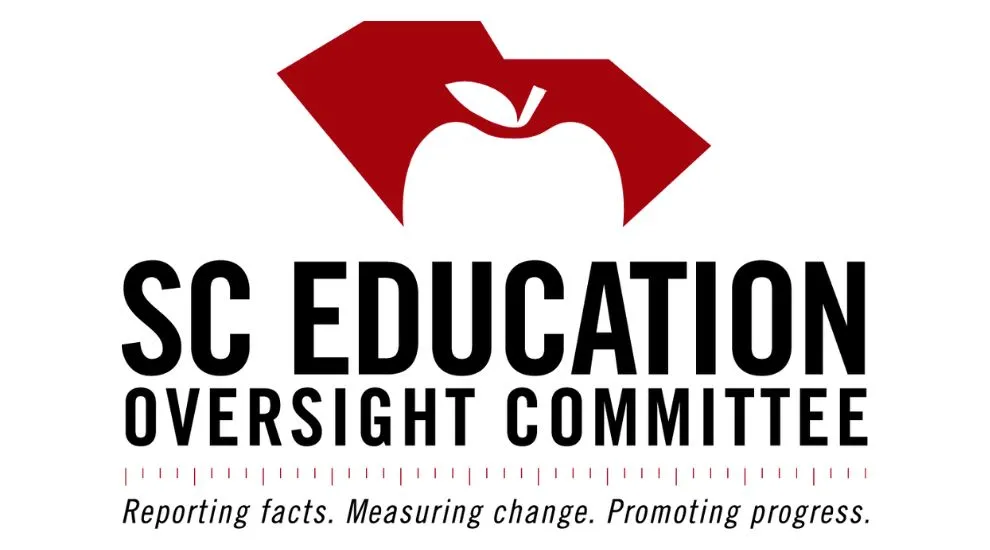
Children who are chronically absent starting as early as preschool, kindergarten, and first grade are significantly less likely to read at grade level by the third grade. Students who cannot read at grade level by the end of third grade are four times more likely than proficient readers to drop out of high school.
This negative impact on student achievement, as well as rising rates of chronic absenteeism, have prompted the SC Education Oversight Committee to study perceptions on chronic absenteeism of South Carolina public high school students beginning this fall.
Chronic Absenteeism is defined as missing 10 percent or more of a school year (18 days in a 180-day school year) and includes excused absences, unexcused absences, and suspensions. Students must attend class for at least half of the instructional day to be considered present for that day.
According to data from the US Department of Education, national chronic absenteeism rates have risen to 26%. South Carolina mirrors this trend showing a significant increase from 12% in 2017-2018 to 25% during the 2022-23 school year.
The EOC plans to use student insight on chronic absenteeism gathered from the study to help inform recommendations that can be used to help schools, students and parents prioritize school attendance.
